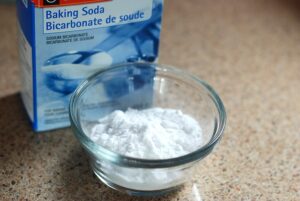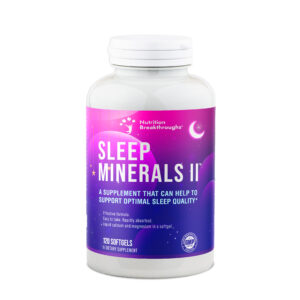 Eating high fiber foods is highly encouraged by nutritionists and doctors, but what exactly is fiber and what are its benefits?
Eating high fiber foods is highly encouraged by nutritionists and doctors, but what exactly is fiber and what are its benefits?
Fiber or roughage is derived from the cell walls of plant foods. It cannot be digested or absorbed by the body.
Because fiber passes through the body undigested, it helps to keep the intestines clean, detoxifies the body and keeps the organs healthy.
High fiber foods like fruits, split peas, avocados, beans, oats, carrots, whole grains, most vegetables, and nuts are good sources. Studies are showing health benefits for cholesterol, blood sugar, weight loss, digestive health and brain health.
Weight loss and fiber rich foods go together well. Researchers from the University of Massachusetts set out to show that simply eating more high fiber foods each day can be more effective than restricting foods in order to lose weight.
The participants were split into two groups — one that followed the eating plan suggested by the American Heart Association (including limiting calories, increasing fiber, and balancing their fats, carbohydrates and proteins).
The other group increased their fiber intake by 30 grams per day and changed nothing else. This second group lost almost as much weight as the other group, with a simpler diet that’s easier to follow.
According to WebMD, the fiber found in whole grains such as brown rice, nuts and vegetables are “Nature’s Laxatives”. For digestive and colon health, studies have shown that increasing dietary fiber can reduce the risk of colon cancer. Fiber acts to speed up the travel of food through the intestines and reduces the time that any toxic waste is in the body.
One research study published in an American health journal examined the relationship between a high-vegetable, high-fruit, low-fat diet and the occurrence of colon cancer. It found that the better the participants followed the high fiber plan, the lower their risk. In fact, the “super followers” had a thirty-five percent reduction in odds of the occurrence of colon cancer over the seven year trial.
Fiber can be a healthy component of brain health. One study on brain health was reported in the journal “Stroke”. A stroke is something that can occur if there is reduced oxygen-rich blood flow to the brain.
Researchers in the United Kingdom analyzed seven studies having to do with fiber-rich diets and the effect on brain health. They discovered that for every seven grams more fiber a person eats each day, their first time risk of stroke goes down seven percent.
Seven grams of fiber can be found in three servings of fiber-rich foods such as whole grains, vegetables or fruits, and the study suggests that even just switching from white bread or pasta to whole grain versions of these can be of benefit.
Today is a great day to start adding as many high fiber foods as possible to each meal, for their delicious and healthful benefits.
This health news is shared by Nutrition Breakthroughs, a provider of nutrition articles and effective natural remedies since 2001. Nutrition Breakthroughs makes the original calcium and magnesium based natural sleep aid Sleep Minerals II, as well as Joints and More, the natural solution for joint relief, aches and pains, stronger hair and nails, and more energy.











